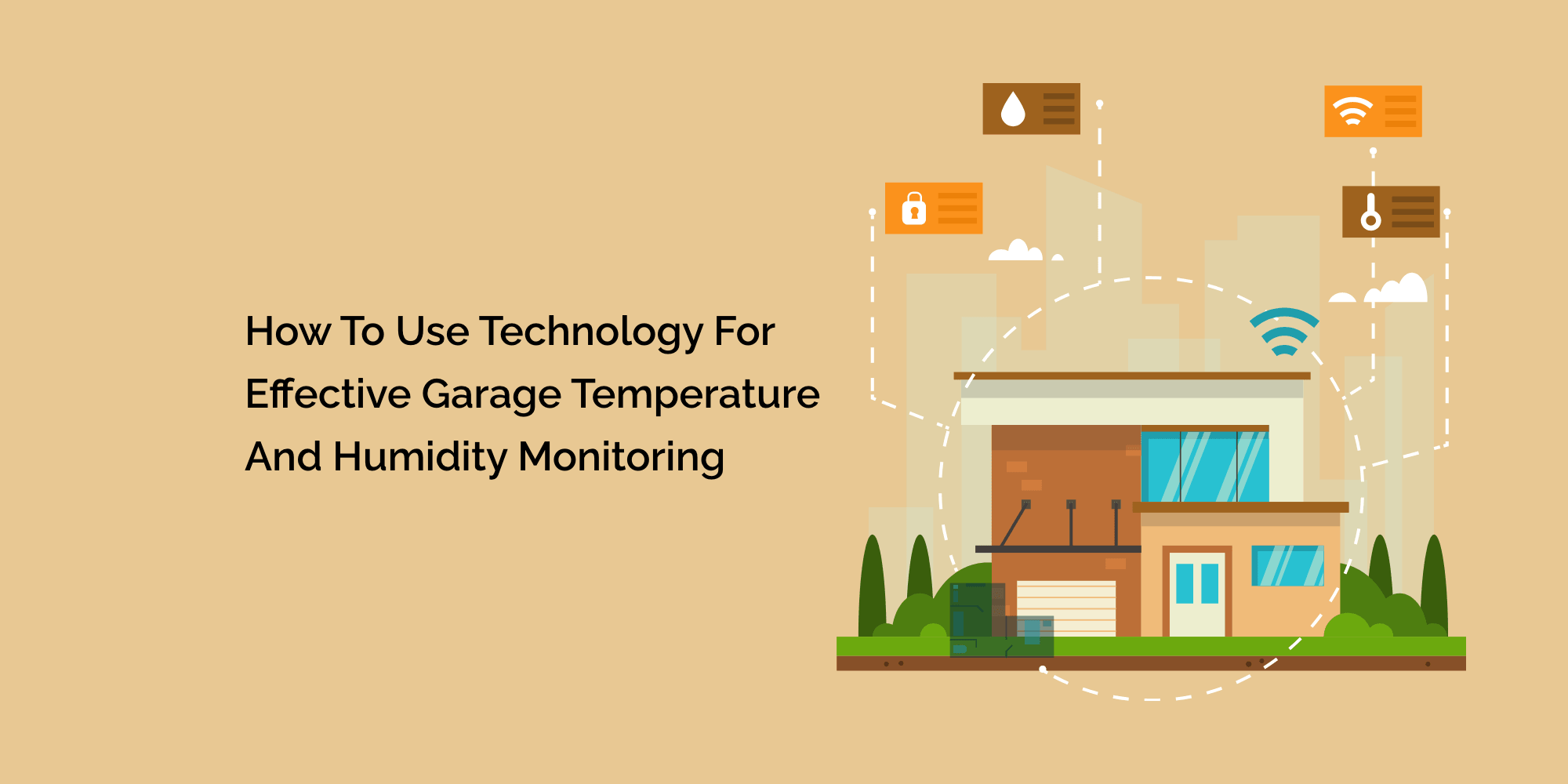Maintaining optimal temperature and humidity levels in your garage is crucial for various reasons, including preserving stored items, protecting equipment, and ensuring a comfortable working environment. Fortunately, advancements in technology have made it easier than ever to monitor and control the climate in your garage.
In this blog, we will explore how to leverage technology for effective garage temperature and humidity monitoring. From smart sensors to mobile apps, we will discuss various tools and techniques that can help you create an optimal environment for your garage.
Smart Sensors for Real-Time Monitoring
a) Wireless Temperature and Humidity Sensors:
Wireless sensors are an excellent tool for real-time monitoring of temperature and humidity levels in your garage. These battery-powered devices can be easily placed throughout the garage and communicate with a central hub or your smartphone. They provide accurate readings and often offer additional features such as data logging and alerts.
b) Smart Thermostats:
Smart thermostats are not only useful for controlling the temperature in your home but can also be utilized in your garage. They allow you to set temperature schedules, adjust settings remotely, and monitor temperature trends. Some models even offer integration with smart home systems and voice assistants for added convenience.
c) Environmental Monitoring Systems:
These comprehensive systems combine multiple sensors to monitor various aspects of your garage environment, including temperature, humidity, air quality, and even water leaks. They provide a holistic view of your garage's climate conditions and often offer advanced analytics and customizable alerts.
Mobile Apps for Remote Monitoring
a) Manufacturer Apps:
Many smart sensors and devices come with dedicated mobile apps that allow you to monitor and control them remotely. These apps provide real-time temperature and humidity readings, historical data, and the ability to adjust settings from anywhere. They often offer notifications and alerts, ensuring you stay informed about any changes in your garage environment.
b) Third-Party Monitoring Apps:
There are also third-party apps available that offer comprehensive monitoring and control features for multiple sensors and devices. These apps allow you to integrate different brands and models into a single interface, providing a unified view of your garage's climate conditions.
Integration with Smart Home Systems
a) Smart Home Hubs:
If you have a smart home system or hub, you can integrate your garage temperature and humidity sensors into the ecosystem. This allows you to access and control the sensors through the central hub, as well as create automation routines based on specific conditions.
b) Voice Assistants:
Voice assistants like Amazon Alexa or Google Assistant can be integrated with compatible smart sensors. This enables you to check temperature and humidity levels in your garage, adjust settings, and receive voice notifications or alerts.
Data Logging and Analytics
a) Cloud-Based Data Storage:
Many smart sensor systems offer cloud-based data storage, allowing you to access historical temperature and humidity data. This data can provide insights into long-term trends, helping you identify patterns and make informed decisions regarding climate control in your garage.
b) Analytics and Reporting:
Some monitoring systems include analytics and reporting features that help you understand the impact of temperature and humidity variations on your garage environment. These tools can generate visual graphs and reports, enabling you to track changes and make adjustments as needed.
Automation and Control
a) Smart Plugs and Outlets:
Integrating smart plugs or outlets in your garage allows you to control devices such as heaters, dehumidifiers, or fans remotely. By scheduling their operation or turning them on/off remotely, you can maintain optimal climate conditions without manual intervention.
b) Automatic Alerts and Notifications:
Smart sensors and monitoring systems can be configured to send automatic alerts and notifications to your smartphone or email. You can set custom thresholds for temperature and humidity levels, and if those thresholds are exceeded, you will receive an immediate alert. This ensures that you can take prompt action to address any issues that may arise in your garage.
c) Integration with Smart HVAC Systems:
If your garage is connected to a smart HVAC (Heating, Ventilation, and Air Conditioning) system, you can leverage the automation capabilities to maintain optimal climate control. By integrating your garage sensors with the smart HVAC system, you can regulate temperature and humidity levels based on preset schedules or conditions.
Conclusion
Leveraging technology for effective garage temperature and humidity monitoring is a game-changer for hobbyists and enthusiasts. With smart sensors, mobile apps, and integration with smart home systems, you can easily monitor and control the climate in your garage remotely. Real-time monitoring, data logging, and analytics provide valuable insights, enabling you to make informed decisions to maintain optimal conditions.
Automation features and instant alerts ensure timely action and peace of mind. By embracing these technological solutions, you can create an environment that enhances the longevity of your tools, protects your equipment, and provides a comfortable space for pursuing your hobbies. Embrace the power of technology and take control of your garage's climate for an optimized and enjoyable hobby experience.








